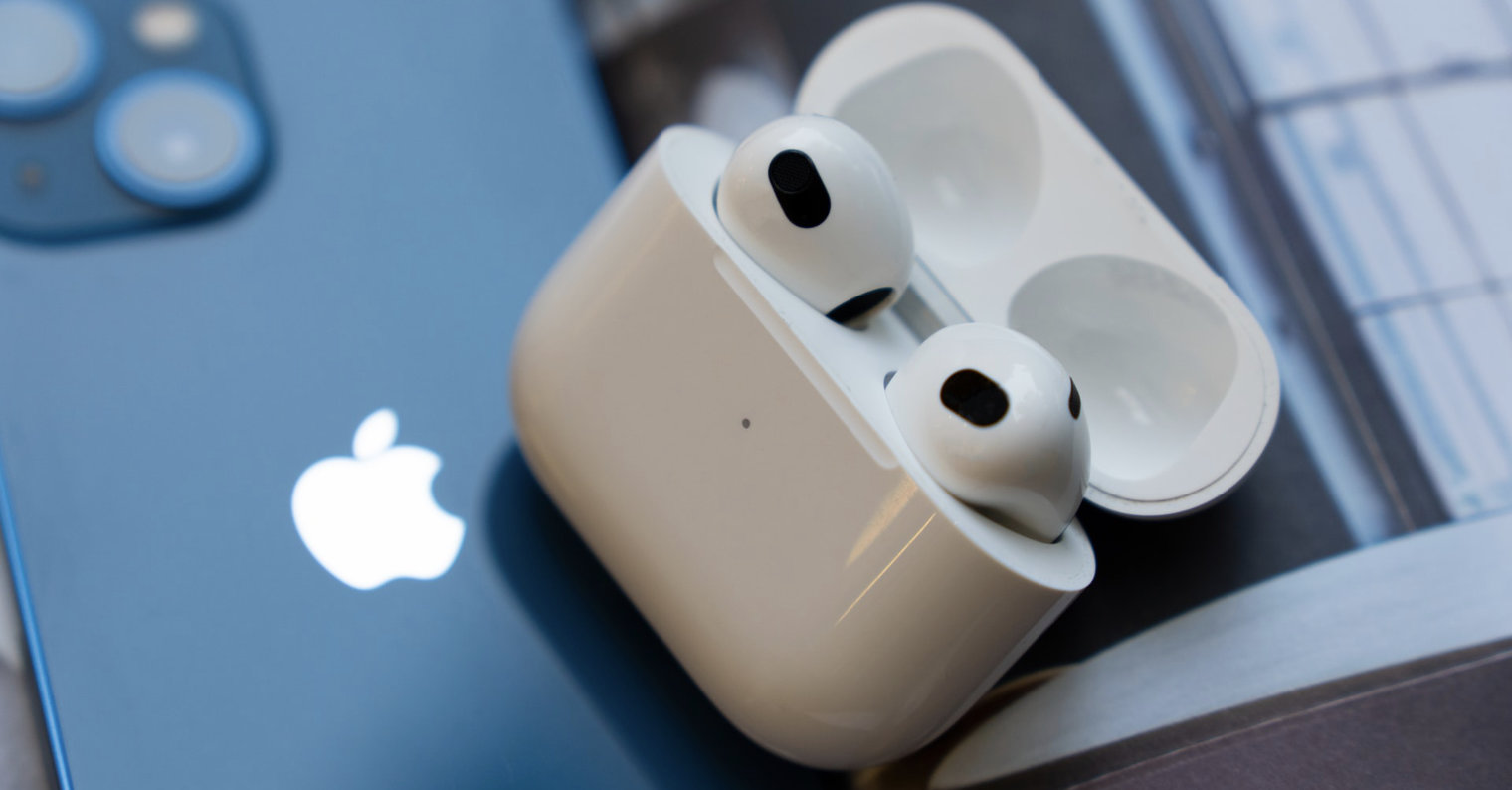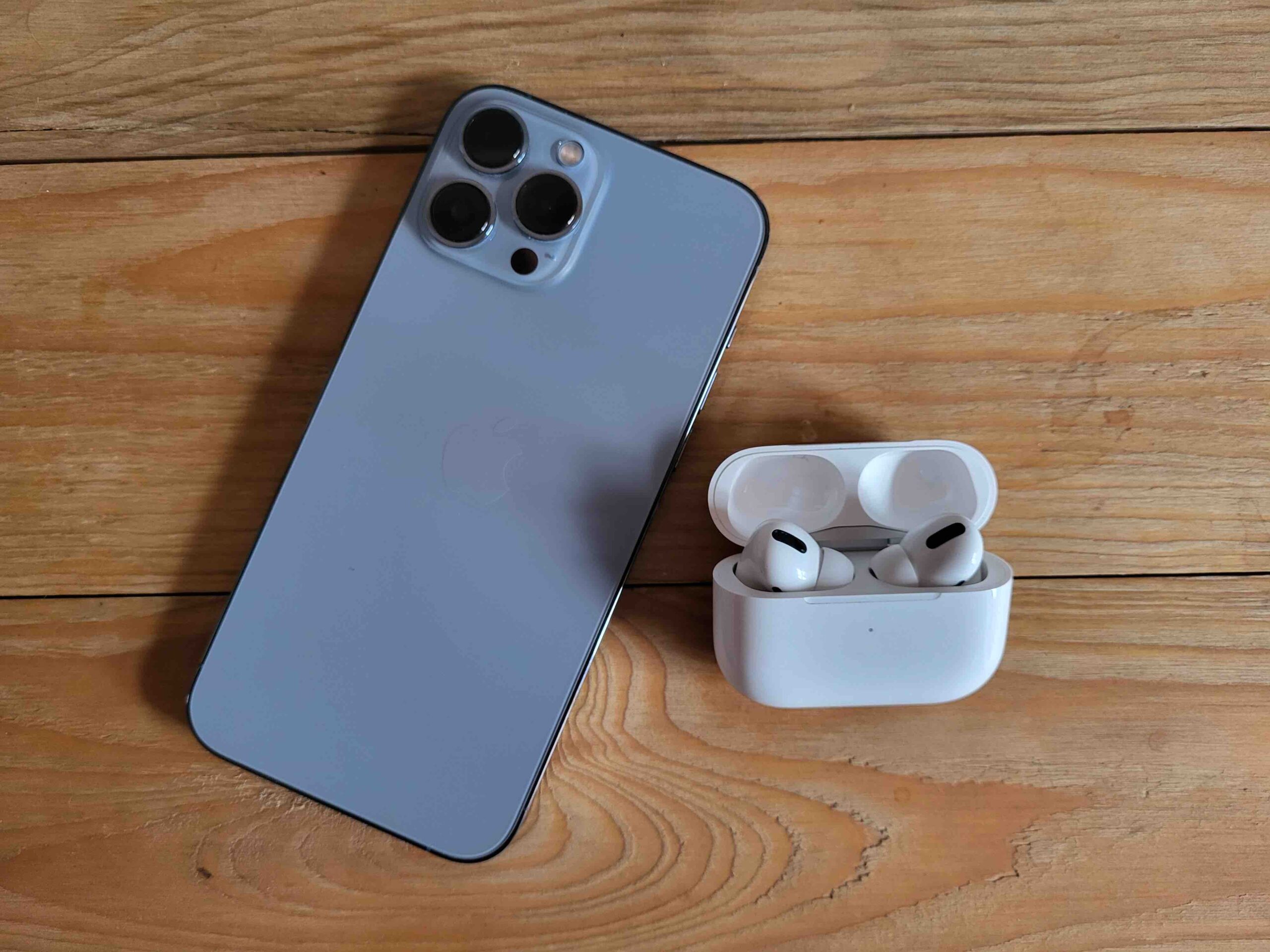Apple drew a lot of attention to itself in 2016, when it removed the traditional 7 mm audio connector from the newly introduced iPhone 3,5 for the first time, which until then was used for connecting headphones or speakers. This change was met with a great wave of criticism. However, the Cupertino giant came up with a rather clever solution in the form of the new Apple AirPods wireless headphones. They surprised with their handsome design and overall simplicity. Although today this product is an integral part of the apple offer, at the beginning it was not so popular, on the contrary.
It could be interest you

Almost immediately after the performance, a wave of criticism arose on the discussion forums. The so-called True Wireless headphones, which did not have even a single cable, were not yet widespread at that time, and it is understandable that some people might have some reservations about the new product.
Criticism followed by revolution
As we mentioned above, immediately after the introduction, AirPods did not receive the kind of understanding that Apple probably planned. The voice of the opponents was heard quite a bit. They mainly drew attention to the impracticality of wireless headphones in general, while their main argument was the risk of loss, when, for example, one of the AirPods falls out of the ear while playing sports and subsequently cannot be found. Especially in cases where something like this happens, for example, in nature, on a significantly longer route. Moreover, since the handset is smaller in size, it would be really difficult to find it. Of course, such concerns were more or less justified, and the criticism was justified.
However, once apple headphones entered the market, the whole situation turned 180 degrees. AirPods received initial praise in the first reviews. Everything was based on their simplicity, minimalism and the charging case, which was able to recharge the headphones practically in an instant so that they could be used for further long-term listening to music or podcasts. Even the initial fears of losing them, as some initially feared, did not materialize. In any case, the design also played an important role, which received roughly the same wave of criticism.

But it didn't take long and AirPods became a sales hit and an integral part of the Apple portfolio. Although their original price tag was relatively higher, when it exceeded five thousand crowns, we could still see them in public more and more often. In addition, not only the apple growers themselves liked them, but practically the entire market. Shortly thereafter, other manufacturers began selling strikingly similar wireless headphones based on the True Wireless concept and charging case.
It could be interest you

Inspiration for the entire market
Apple thus practically drove the market of wireless headphones to the form as we know it now. It is thanks to him that today we have a wide range of different models from different manufacturers, which in their core are based on the concept of the original AirPods and possibly push it even further. As already mentioned, many companies tried to imitate apple headphones as faithfully as possible. But then there were others, for example Samsung, who approached their product with a similar idea, but with a different processing. The just-mentioned Samsung did it perfectly with their Galaxy Buds.
 Adam Kos
Adam Kos